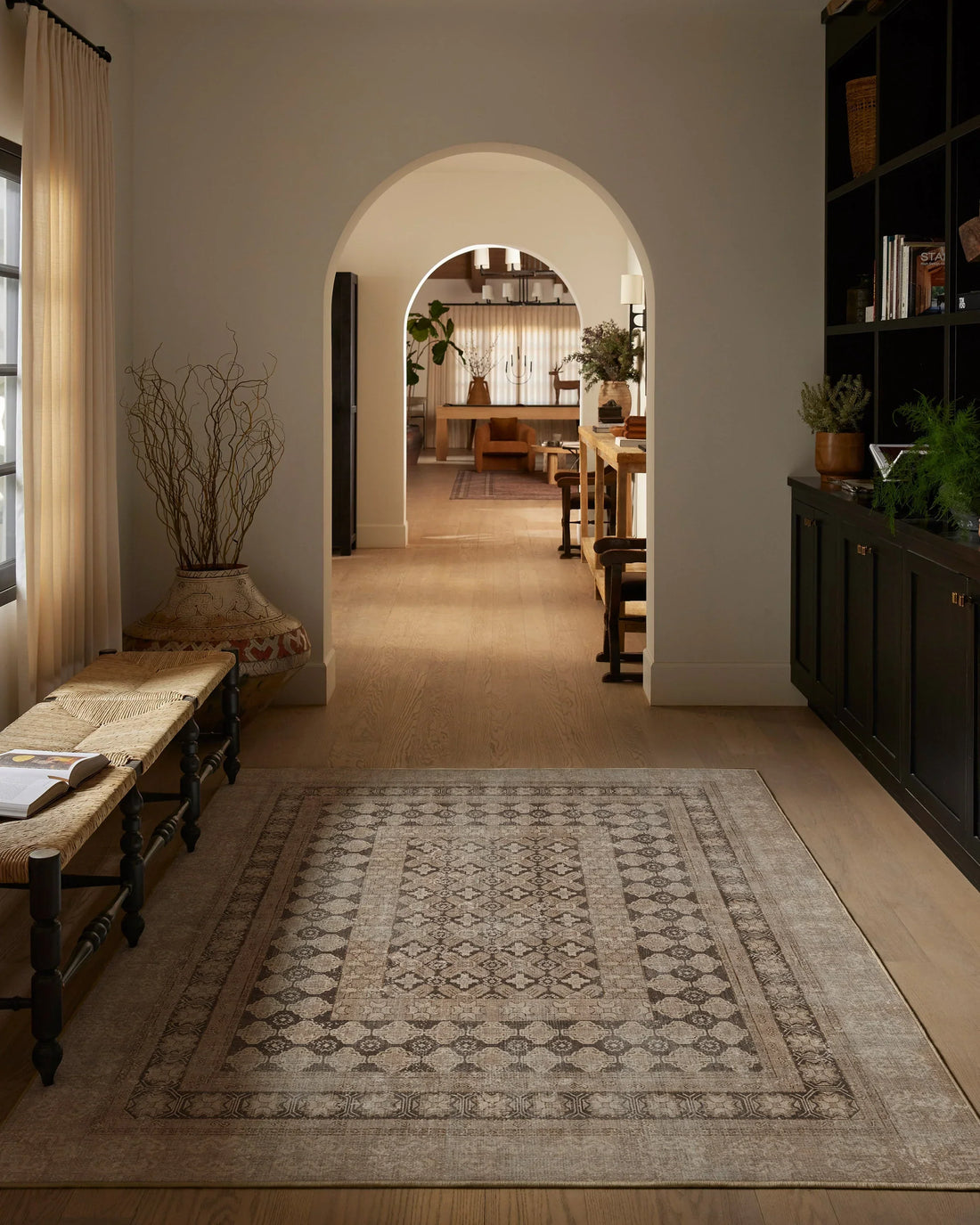
THE POWER OF YOUR SPACE AND IT'S IMPACT ON YOU
Share

Imagine if the walls around you could change how you think, feel, and even heal. The spaces we live and work in are not passive backdrops to our lives — they are active participants. Every beam of light, every curve of a wall, every sound that echoes through a hallway sends signals to your brain. This is the heart of Neuroarchitecture, a field that explores how design impacts the human nervous system, shaping our emotions, focus, and overall well-being.
At its core, neuroarchitecture blends neuroscience, psychology, and architecture to understand how our environment interacts with our mind. Our brains are hardwired to scan for safety, beauty, and order. When a space feels too dark, noisy, or chaotic, the brain stays in a low-grade state of alert, raising stress levels and draining mental energy. On the other hand, spaces that offer natural light, a sense of openness, and harmony help the nervous system relax, which frees up mental capacity for deeper thinking and creative problem-solving.
The effects reach further than most people realize. Mood is one of the most immediate things our environment influences. A sunlit room can lift your spirits in minutes, while a cluttered and dim space can quietly add to feelings of fatigue or irritability. Creativity is also deeply tied to our surroundings. Studies show that open, well-organized spaces with inspiring visuals and even high ceilings can encourage more imaginative thinking. Over time, living in a space that feels nourishing rather than draining contributes to a greater sense of life satisfaction.
This is why neuroarchitecture matters. Humans spend close to 90 percent of their lives indoors. If our spaces are misaligned with what our brains need, we are unintentionally putting ourselves in environments that increase stress and limit growth. Conversely, intentionally designing our spaces can make them allies in mental health, productivity, and emotional balance. This is not about expensive renovations or luxury interiors. It is about creating spaces that work with the brain instead of against it.
Improving the brain’s relationship with your environment can start with small, practical changes. Maximize natural light by opening curtains or arranging furniture so you spend time near windows. Declutter and create better flow by keeping pathways open and removing what you do not need, giving your mind a sense of order. Add natural elements — plants, wood textures, or images of nature — to bring a calming, grounding presence into your space. These simple adjustments signal to your brain that it is safe, supported, and free to focus on higher levels of thinking.
For me, in my own personal experience, the spaces I was creating in were directly embedded into the work itself. I think about the time I was outputting work while living in my Hollywood apartment, just steps away from the Chateau Marmont. As you can imagine, the work I created and the life I was living where two lines that blurred into one another. The messaging wasn't subtle, nor vague – it was explicitly charged by the wild nights and foggy mornings.
Contrast that with how I live, where I live, and how I work today. The painting of my voice is no longer made of aggressive splatters on the canvas, but of gentle, deliberate brushstrokes. They are strong yet soft, serving as a reminder that I am both the artist and the artwork—the structure and the architect.
Your space is either shaping you by default or by design. You have the ability to turn it into a silent partner in your growth. A space that is bright, intentional, and connected to nature can quiet the noise in your mind, create inner peace, spark creativity, and remind you of the life you’re building. When you curate your environment with purpose, you are building your future. The next time you walk into a room, ask yourself: Does this space help me rise into who I want to become? If not, start changing it—one small, powerful, intentional choice at a time.
Your friend,
Danny
